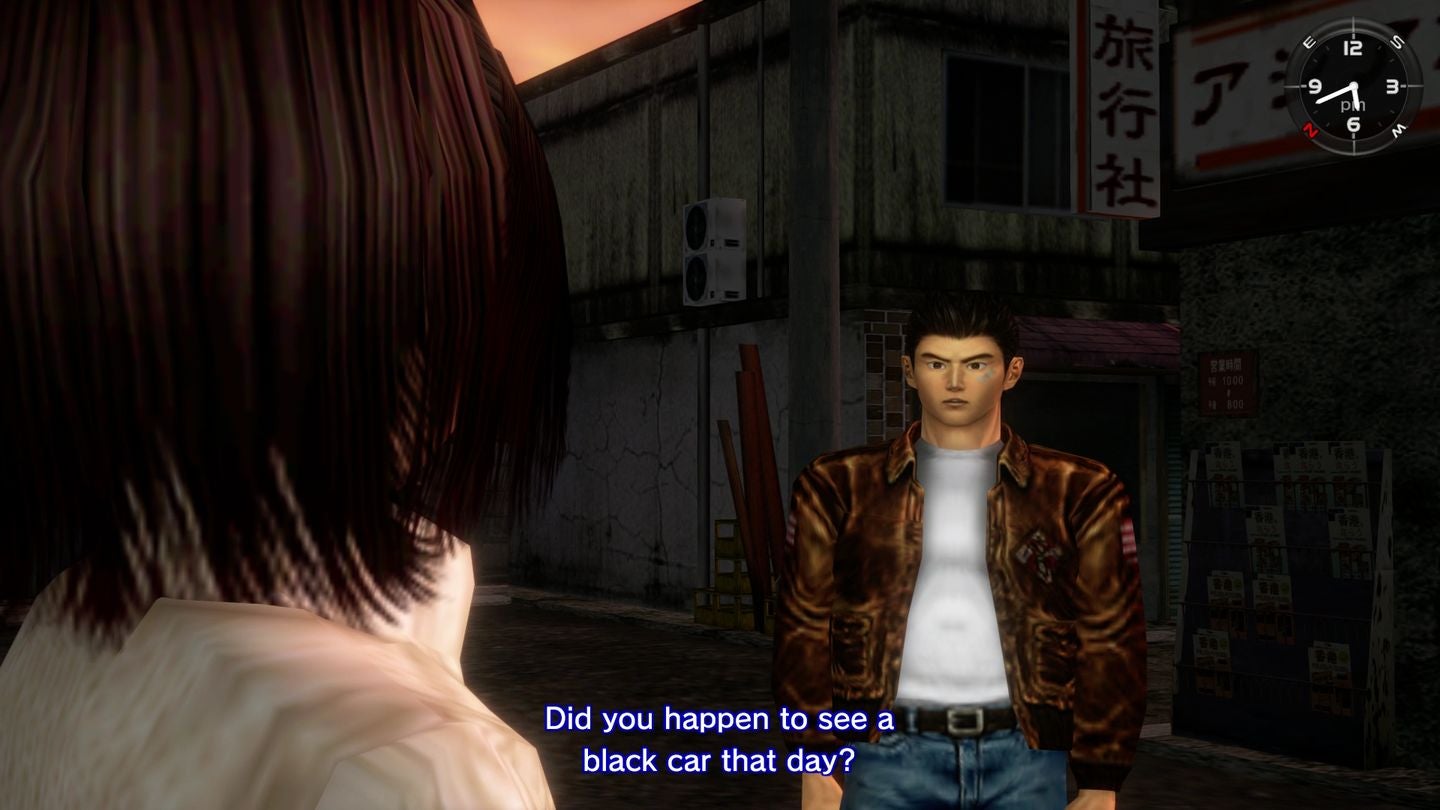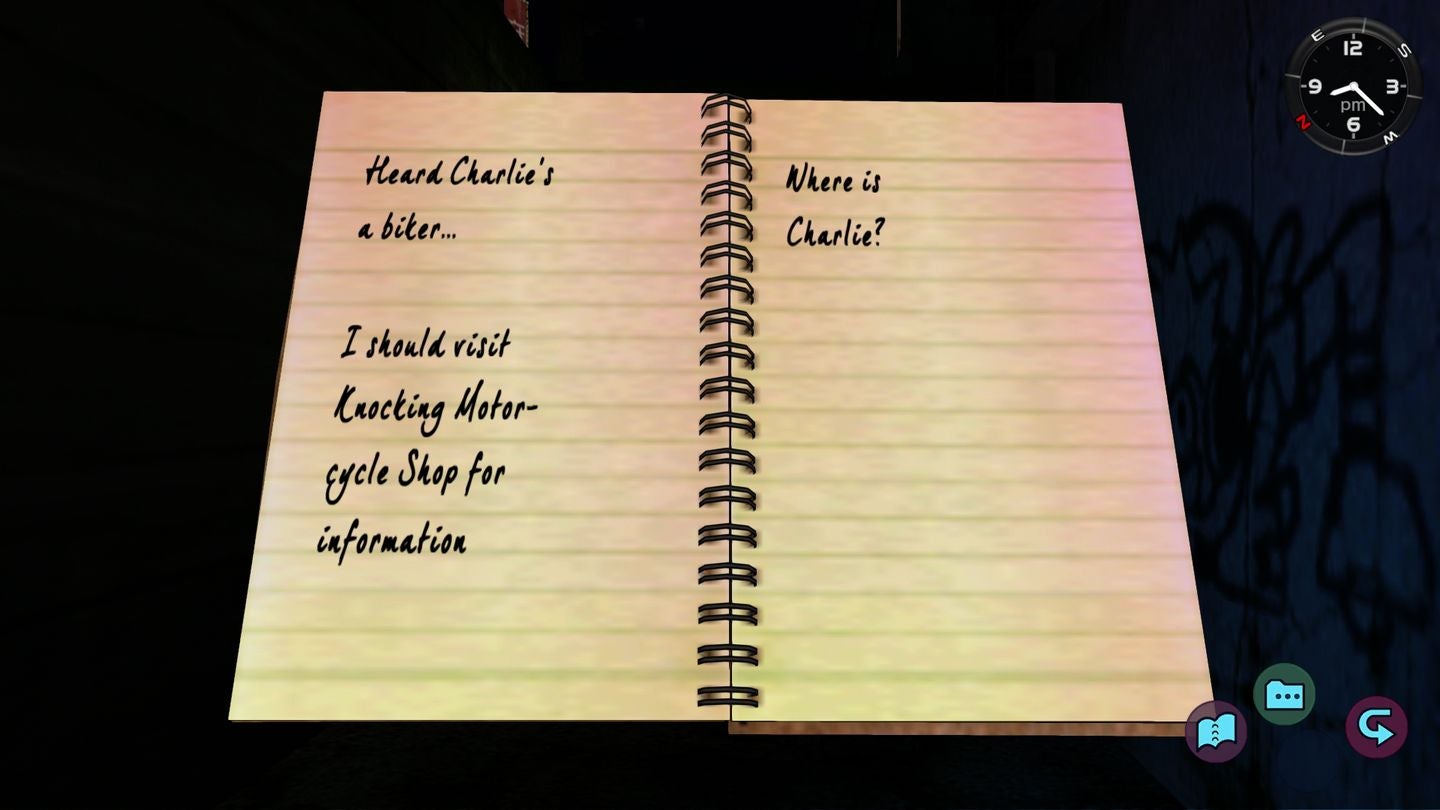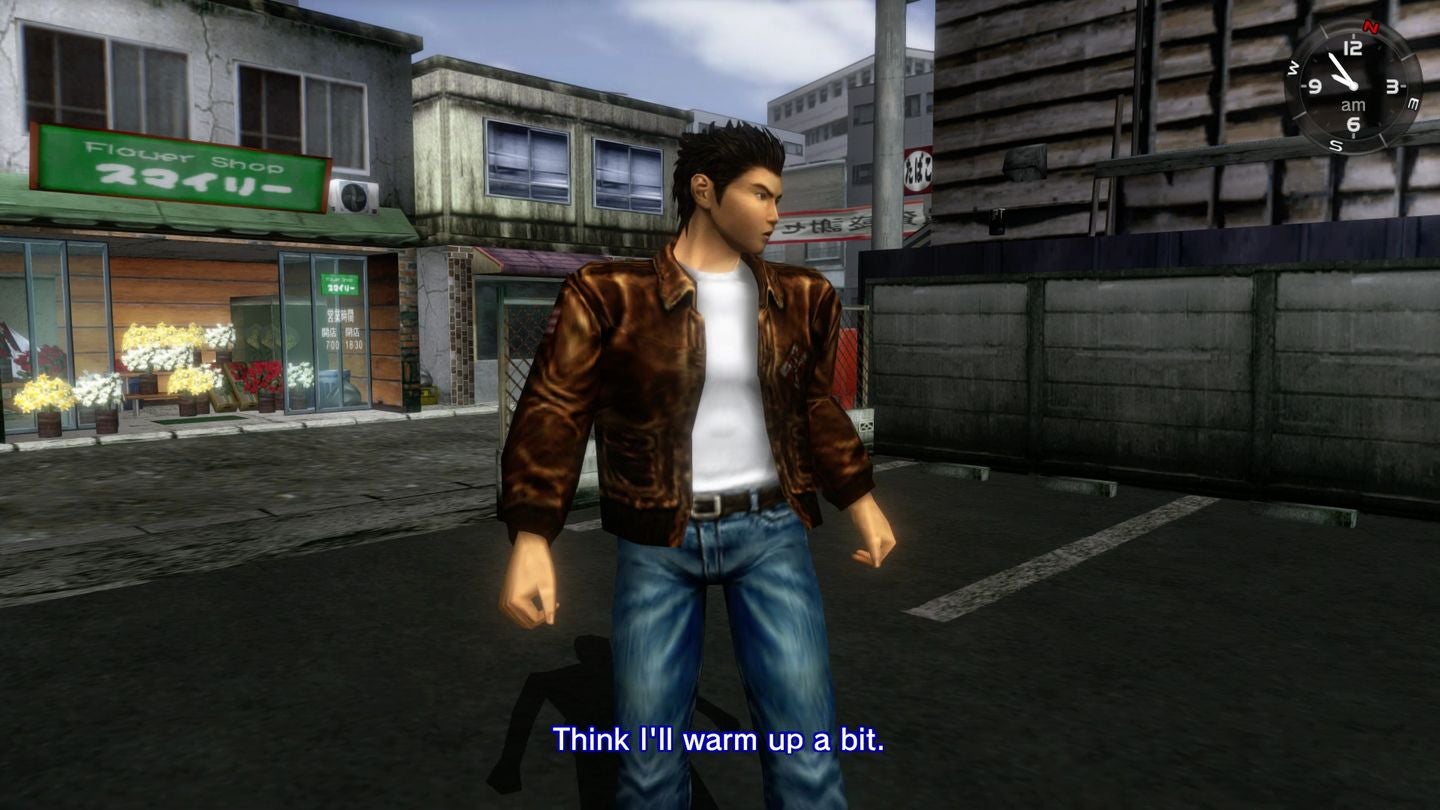This week, Sega invites everyone to play it for the first time without needing to own a Dreamcast, and though we’d argue it holds up surprisingly well, some design choices - such as the pacing and lack of direction - can feel a little antiquated if you’re not expecting them. Though we recommend going in completely fresh, this Shenmue tips page offers some things to keep in mind without having to resort to a Shenmue guide - though we have one of those at hand to help get the most out of one of Sega’s most legendary adventures. The game won’t often explicitly tell you where to go or who to speak to, and that’s part of the fun. Work out who might know something - it could be a business owner, or the local town gossip - and see what turns up. Even asking passersby can sometimes yield results. If you’re stuck, your notebook can help - it updates after every cutscene. And though Shenmue is linear, the game allows many ways for you to reach your objective. It can get frustrating at times, but it’s far more satisfying to work it out yourself than check a guide. That said, if you are absolutely stumped, there’s a fortune teller in Dobuita that can drop some hints. Or if you’re after something more specific, our Shenmue walkthrough will give you the most direct path to the next step. Meanwhile, the remaster now assigns the camera to the right analogue stick. Pointing it in the direction of a shop or building will tell you its name - making exploration a little easier. Not only does this give Shenmue a sense of realism most games don’t have (you can probably tell I’m a proponent of this system) there’s a number of things can get on with to pass the hours. There’s dozens of collectables to find, from figurines to cassette tapes and move scrolls. You can try your luck at Capsule Toy dispensaries and slot machines. You can visit the local arcade and play mini-games - like darts, a QTE simulator or even the original Space Harrier - and even take some home to play on a console hidden under the TV. Completionists will have their work cut out getting everything, and those that make the effort will be rewarded with charming cameos from classic games across Sega’s past. Of course, if you’re not in the mood to do something, opening your menu and looking at your watch passes the time slightly faster. But honestly, taking the time to explore Dobuita at night, or practice your moves, is a much more enjoyable use of your time. Don’t wish it away! Avoiding the most direct route in investigations will help with this, but we also recommend avoiding fast travel from the Hazuki Residence, as you’ll occasionally be stopped on the way to Dobuita and elsewhere. You should also pay the orphaned kitten some attention too - you can feed it with provisions from the convenience store in town, and doing so will unlock a few extra optional scenes. That said, it’s sometimes easier to fast travel home than walk all the way back if it’s late. You can do so by simply staying up, as after a certain time, Ryo will remark at the time and go home automatically. Otherwise, the earliest you can go to bed at the Hazuki Residence is at 8pm. After some more Shenmue tips? Our full Shenmue walkthrough will guide you through ever step of the main story, from the Three Blades, to where to find Charlie, Warehouse No 8 and where to use the Mysterious Key. And, of course, exactly where to find sailors. We also have pages on Shemue’s various extracurricular activities, like feeding the kitten, winning forklift races, Shenmue flashback locations, a full Shenmue Trophy and Achievements and Capsule Toys lists, too. And, if you’re playing the latest sequel, our Shenmue 3 walkthrough could be useful. During training, can also assign a move of your choice to the right trigger - we recommend a complicated kick move like Crawl Cyclone, which you can purchase from Bunkado Antiques in Dobuita - so you can dispatch it with ease. That’s it for our selection of Shenmue tips - we wish you the very best of luck on your quest for vengeance. Whether you’re playing it or not, you might also be interested in Digital Foundry’s analysis of each remaster, describing it as a “superb rendition”:





